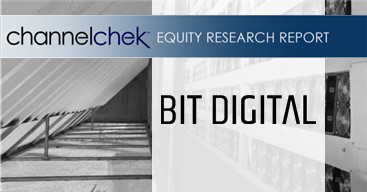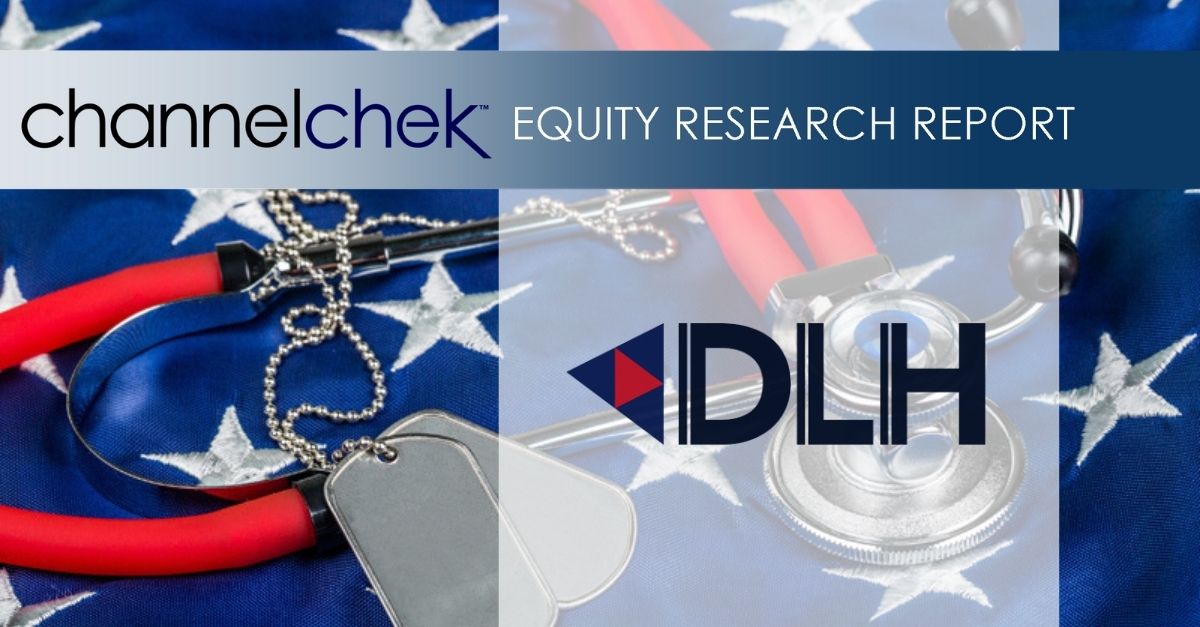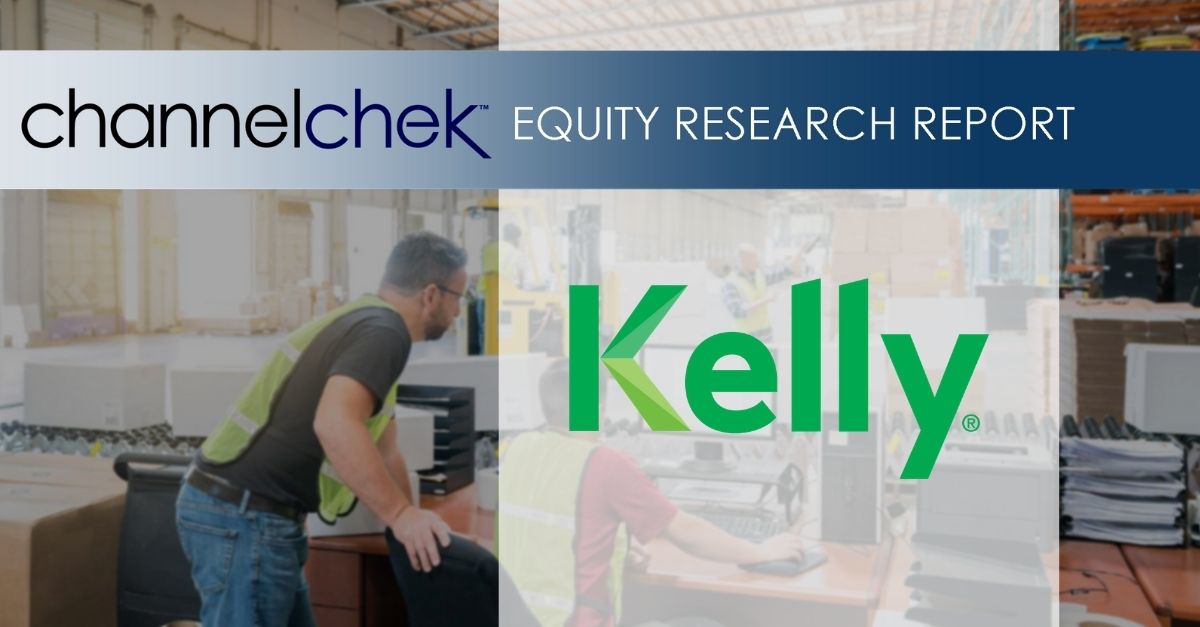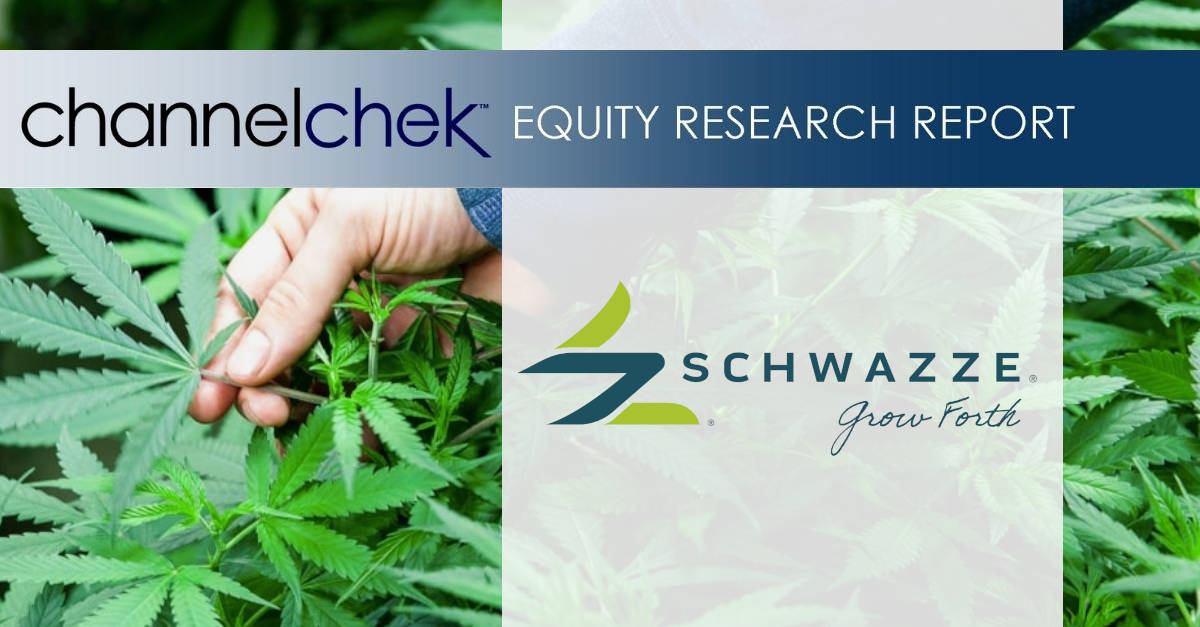| Key Points: – Consumer Price Index (CPI) rose 2.7% year-over-year in November, meeting economist expectations. – Core inflation remains elevated at 3.3% annually, driven by higher shelter and service costs. – Markets now strongly anticipate a 25-basis-point Federal Reserve rate cut in December. |
The Bureau of Labor Statistics released November inflation data on Wednesday, showing consumer prices increased 2.7% year-over-year. This uptick from October’s 2.6% rise aligns with economist projections and solidifies expectations for the Federal Reserve to lower interest rates at its December meeting.
On a monthly basis, the CPI increased by 0.3%, the largest gain since April. Core inflation, excluding volatile food and energy prices, also rose 0.3% month-over-month and 3.3% annually for the fourth consecutive month. Sticky inflation in core components such as shelter and services continues to challenge the Federal Reserve’s goal of achieving a 2% inflation target.
Paul Ashworth, Chief North America Economist at Capital Economics, commented on the persistence of core inflation, noting that it remains a concern but is unlikely to derail the anticipated rate cut. “We don’t expect it to persuade the Fed to skip another 25bp rate cut at next week’s FOMC meeting,” he stated.
Shelter Inflation Moderates, Food Costs Persist
Shelter inflation contributed nearly 40% of the monthly CPI increase, though the annual gain of 4.7% marked a deceleration from October’s 4.9%. Both rent and owners’ equivalent rent showed their smallest monthly increases since mid-2021, suggesting potential relief in housing costs.
Meanwhile, food prices remain a sticky category for inflation. The food index rose 0.4% month-over-month, with notable increases in categories like eggs, which surged 8.2% in November after declining in October. Energy prices also edged higher, rising 0.2% month-over-month, while apparel and personal care costs saw noticeable gains.
Market and Policy Implications
Financial markets reacted positively to the CPI report, as fears of an upside surprise were unfounded. The odds of a 25-basis-point rate cut at the Fed’s December meeting increased to 97% following the release. However, economists remain cautious about potential inflationary pressures stemming from President-elect Donald Trump’s proposed policies, including tariffs and corporate tax cuts.
Seema Shah, Chief Global Strategist at Principal Asset Management, noted the Federal Reserve’s likely shift toward a more cautious approach after December. “We expect the Fed to move off autopilot in January, adopting a more cautious tone, and slowing its pace of cuts to just every other meeting,” Shah said.
As inflation trends remain in focus, the Federal Reserve’s decisions in the coming months will be critical in shaping the economic outlook for 2025.














